It would be best if you never judged a book by its cover, and this 1968 Dodge Coronet 440 demonstrates the danger of that approach. It looks pretty tired, and potential buyers may wonder how extensive its rust issues could be. However, if I tell you that it has spent its life in a dry climate with no exposure to snow or salt, could that change your perspective? That is the reality with this classic, which helps explain its lack of significant rust. Apart from the wheels and a floor-shift conversion, it is original and complete, holding the promise of a rewarding project build. Located in Millsap, Texas, you will find the Coronet listed for sale here on eBay. The owner has set a BIN of $8,950, and 106 people are watching this listing.
It seems a common occurrence here at Barn Finds to have Mopar products of this vintage cross our desks riddled with significant rust problems. Floors often prove biodegradable, as do rear frame rails and many lower body extremities. That makes this Coronet a breath of fresh air. There’s no denying it has rust, but the dry Texas climate has done its best to preserve the classic steel. There are some small areas in the lower rear quarter panels that would respond well to properly installed patches. There is the usual penetrating rust around the back window, but the rest of the exterior looks pretty good. The seller acknowledges some rot in the front passenger floor and another area in the rear trunk fender well on the same side, but the underside shots indicate a structurally sound car. The original Racing Green paint has seen better days, and the Black vinyl top is nothing but a distant memory. There are also plenty of dents and some healthy helpings of Bondo. I feel that the buyer may consider a rotisserie restoration if they intend to achieve a high standard of finish.
As we’ve seen in the past, the same Texas sun that is wonderful for preserving steel can exact a high toll on vinyl and interior trim. That is the case with this Coronet because the best way to describe its interior is trashed. It will require a total restoration, and a trim kit would be the most cost-effective way of tackling this. Most of the major items like the seat frames and dash are salvageable, but anything that looks like upholstery or vinyl will be consigned to the bin. It is unlikely to be a cheap undertaking, with interior trim kits for Mopar products tending to be priced higher than most other classics from this era. The buyer should probably budget around $2,500 for a complete kit, but this will return the interior to a factory-fresh state. The only aftermarket additions I can locate are a floor shift conversion and a cassette player situated to the left of the steering column. Otherwise, the interior is as it would have been when this classic rolled off the showroom floor.
Coronet buyers in 1968 could order their new toy with a slant-six under the hood, but many buyers sought something more potent. The original owner of this car fell into that category, although they remained relatively conservative. They selected the 273ci V8 that produced 190hp. The rest of the drivetrain includes a three-speed manual transmission and an 8¾” rear end. The extra expense of the V8 would have been worth it because while the slant-six provided a ¼-mile ET of 18.8 seconds, the V8 slashed that figure to 17.4 seconds. For potential buyers, there are a few positives worth considering. The Coronet doesn’t run, and it may have been idle for an extended period. However, the seller indicates that its 273 turns freely, and given the robust nature of these motors, reviving it may not be difficult. Returning the car to a roadworthy state will be a bigger job, but it should be possible without breaking the bank.
If you were to buy this 1968 Coronet 440, what would be your approach? It is a numbers-matching car that would appear to represent a fairly straightforward restoration. It will prove labor-intensive as the next owner strips away the tired paint and accumulated surface corrosion. The sad truth is that even fully restored to a high standard, it is unlikely to be worth mega-bucks with its current mechanical configuration. While Hagerty quotes a valuation for a #1 car at $29,100, the reality will probably fall well short of that figure. Values have remained static in recent times, meaning that it would struggle to top $20,000 in today’s market. That means that to stay financially viable, the next owner will need to perform many of the required tasks themselves. However, that cloud could have a silver lining because modified examples can push that valuation upward. For example, a Hemi under the hood could see it top $30,000, although I have seen cars of that type achieve $35,000. If you were to buy this Coronet, would you aim for a faithful restoration, or would some updates be on the agenda? With 106 people watching the listing, a few may have a clear vision. You have to wonder whether they are prepared to follow through by hitting the BIN button.
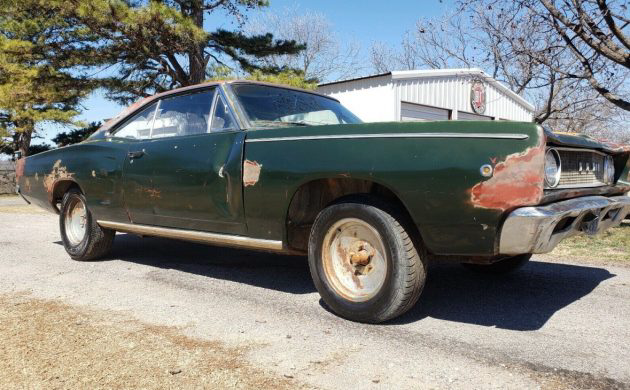
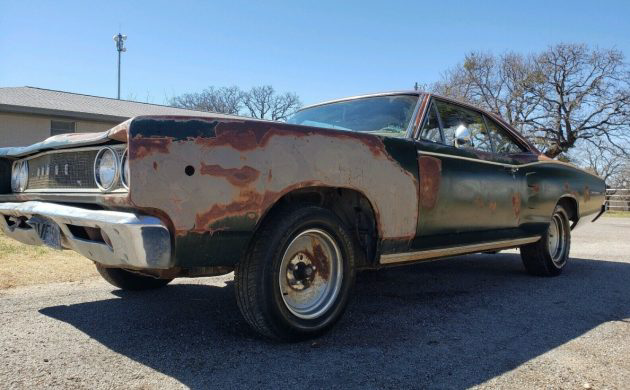
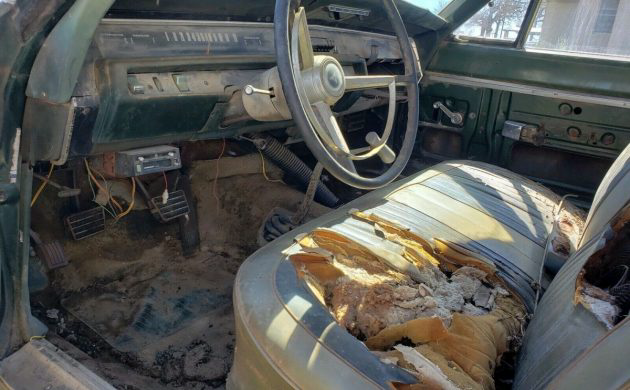
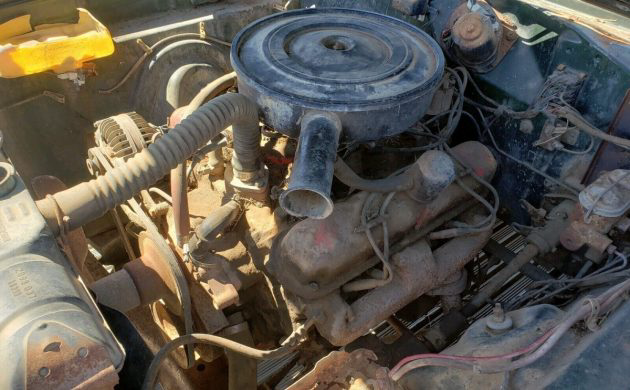
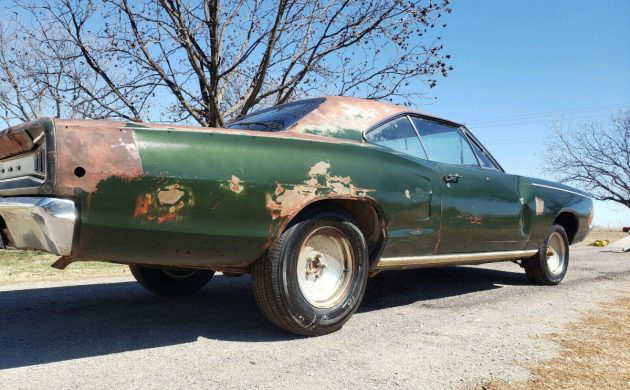

Put sum them 20s on it!
How do you fix that door skin without finding a replacement?
“Awesome car to put on the road as is!” Not on my road.
A Hemi for $35k? Recently? I just got a 68 Coronet 440, originally a 318 but has a 440 now, kind of noisy with a lopy cam, it does have 20s on the back, from a Plymouth Prowler.